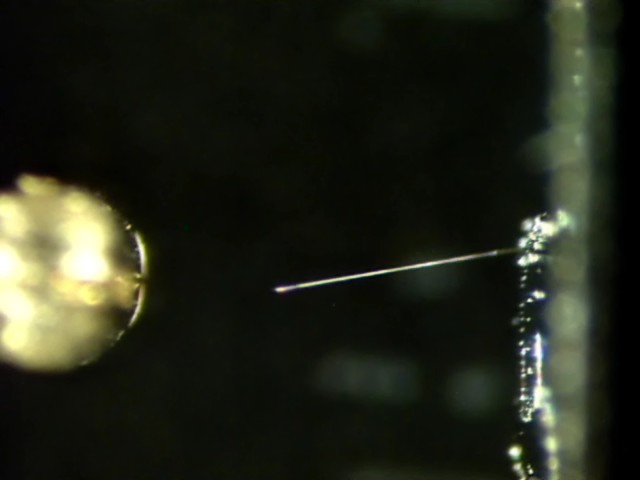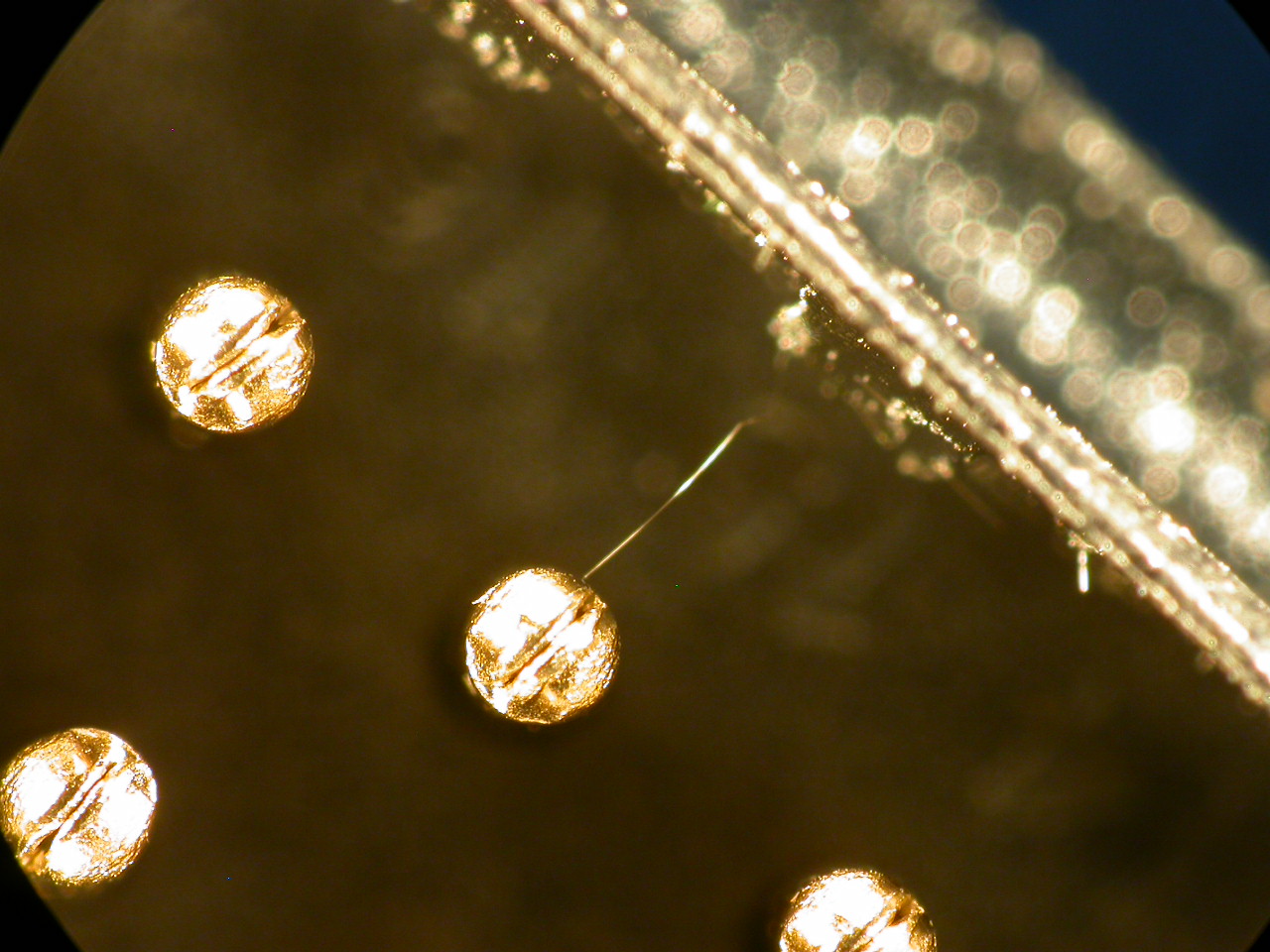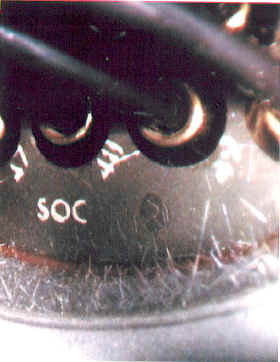The Mystery of Metal Whiskers

Tin whisker on D-Sub connector shell.
(Image courtesy NASA-GSFC)
An unseen assailant may be destroying your devices. Nobody knows what causes these invisible invaders, but they have been known to create failures in nuclear reactors, pace makers, missiles, and satellites. What are these tiny beings that can cause so much destruction?
They are called metal whiskers, and they may be threatening your electronic devices.
What are metal whiskers?
Metal whiskers are tiny hair-like growths that form on metals. When these electrically conductive whiskers appear on electronic assemblies, they can cause shorts or current leakage. The reason for their appearance is still hypothesized, but they are known to form mostly on pure tin or zinc finished surfaces. They can remain undetected, growing slowly out of your connectors until they destroy your cables and harnesses.
How do I recognize metal whiskers?
Metal whiskers may vary in shape and size. Some emerge as straight while others may appear curved, forked, pyramidal, or grooved. Growth time can take anywhere from days to years, and can reach up to 10 mm.
Shorts and arcs are a symptom of metal whiskers. High Voltage, or Hipot, testing can detect metal whiskers and help you avoid serious problems in your products. To learn more about high voltage, check out Cirris’ article on Testing Cables with High Voltage.

Tin whisker shorting connector shell to pin.
(Image courtesy NASA-GSFC)
What problems do metal whiskers cause?
According to NASA, metal whiskers are capable of carrying out three substantial attacks.
- Shorts – terminal to terminal, terminal to header, case to other component, even whisker to whisker, a metal whisker can create shorts in your devices.
- Metal Vapor Arcs – it’s possible for a metal whisker to vaporize, producing a highly conductive path capable of carrying large amounts of current and causing lots of damage.
- Contamination – a metal whisker can break loose and move around your device, even to areas that you may have thought safe from shorts or arcs.
Why do metal whiskers form?
Experts have found no single explanation for the formation of metal whiskers. Many theories have tried to attribute different occurrences to types of metals, contaminants, energy, electricity, damage, and more. Metal whiskers are seen more often growing on devices made with lead-free solder, but the mysterious appearance of metal whiskers has yet to be solved.

Metal whiskers on cadmium-plated
circular connector.
(Image courtesy NASA-GSFC)
What about the lead ban?
Lead has been known to repel metal whiskers. However, beginning in 2006 the European Union banned lead and other hazardous substances from various types of electrical equipment. The concern over metal whiskers increased with the loss of this defense. Now as companies eliminate lead from their products, the search renews for successful techniques to battle metal whiskers.
How can I prevent metal whiskers?
Because nobody knows how metal whiskers are caused, it can be difficult to predict their appearance. There is no solution which will evade all metal whiskers, but there are a few practices to prevent or limit their materialization.
- Do not use pure tin (or other metals such as zinc) coated components.
- Avoid the use of certain types of solder that are known to bolster the growth of metal whiskers. For example, pure tin solder exacerbates their growth.
- Some experts have found that a non-porous nickel layer under the tin plating prevents whiskers.
- Testing with high voltage can alert you to metal whisker growth. Cirris sells several hipot (high voltage) testers that are capable of finding whiskers.
- Dipping your device into an acid etch can clean off the metal whiskers. However, this is not a permanent solution and whiskers can grow back.
- Other specific circumstances can affect the growth of metal whiskers.
Will Metal Whiskers affect my products?
Due to the unpredictability of metal whiskers and the increased risk from the lead ban, these microscopic destroyers have a higher chance of growing out of the metal conductors on cables and harnesses. By staying vigilant and using the right materials, you can reduce your chances of an attack from metal whiskers.
References
- NASA Goddard Space Flight Center Tin Whisker Home-page, website https://nepp.nasa.gov/whisker/index.html
- Karpov, V.G. (2014) Electrostatic theory of metal whiskers [PDF file]. Department of Physics and Astonomy, 1-11. Retrieved from https://arxiv.org/abs/1401.7689v1
- https://www.calce.umd.edu/lead-free/other/BRUSSE_ACI.pdf
- European Directive on the restriction of the use of certain hazardous substances in electrical and electronic equipment(RoHS): https://eurlex.europa.eu/LexUriServ/LexUriServ.do?uri=CELEX:32002L0095:en:HTML
- Think & Tinker Ltd. Bright acid tin plating, website https://www.thinktink.com/stack/volumes/volvi/tinplate.htm

